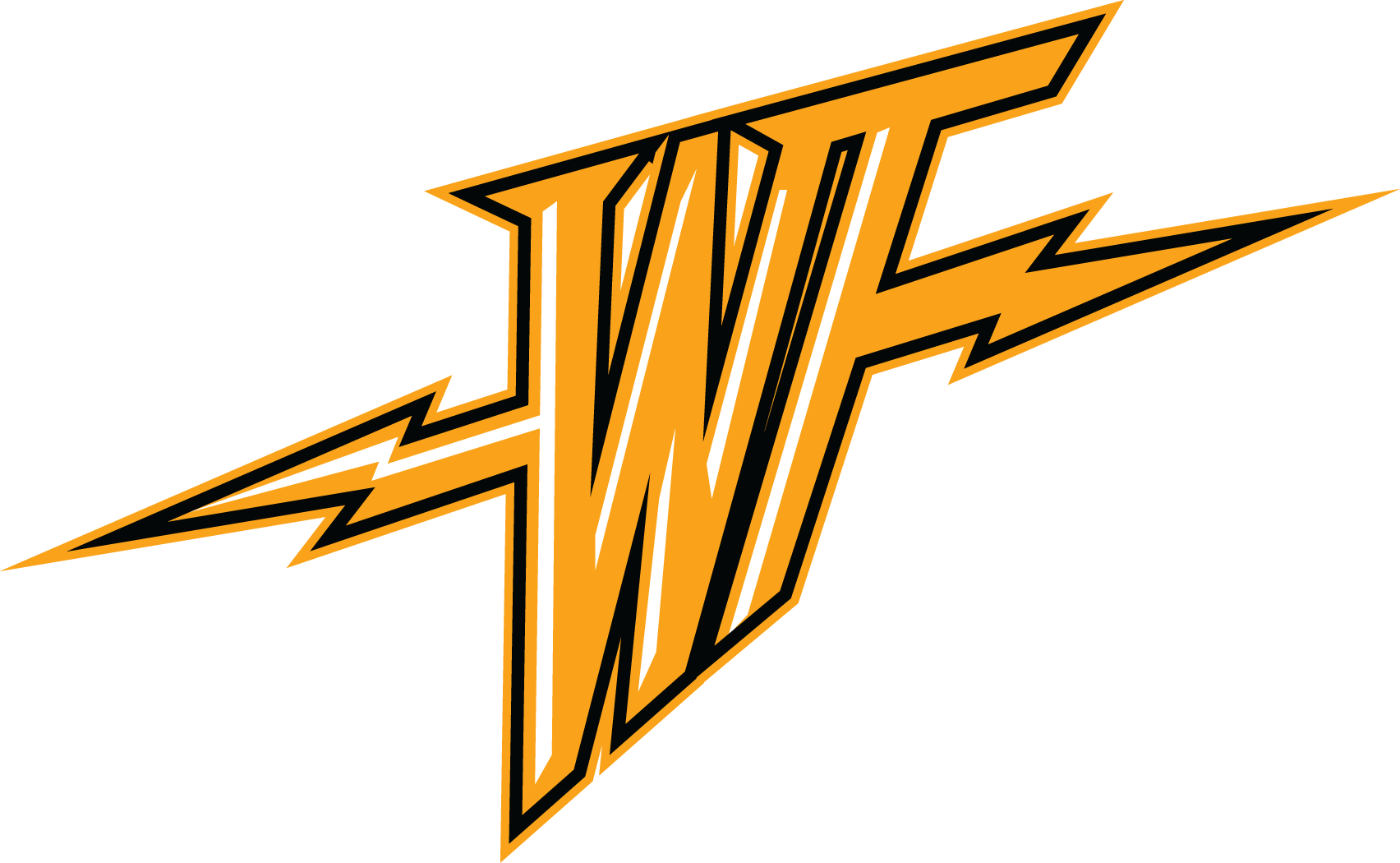Shot Selection: The Warriors' Late Game Kryptonite
There’s nothing quite like hitting the dagger. When an opposing team is attempting to mount a comeback, or your team’s just completed one, the desire to pull up and hit what essentially is a game-ending three-pointer with two minutes still remaining can be hard to battle… Especially when your team has three guys who hit difficult treys with relative ease.
The Warriors have blown a lot of close games this season. Their late 4th quarter collapses don’t really have an explanation outside of teams doing to the Dubs what the Dubs have historically done to them. It’s often that we see Golden State have no answer for their opponents shot-making as they mount a furious comeback despite the team gaining some separation just minutes ago.
But why aren’t the Warriors able to respond to the other team’s late onslaughts? The answer is, ironically enough, a saying that has made them such a vicious opponent through their dynastic reign: Live by the three, die by the three.
Golden State ranks first in the entire NBA in three point attempts at over 43 a game. They also, to nobody’s surprise, shoot the three better than 27 other teams (the Denver Nuggets and, by some miracle, the Philadelphia 76ers being the exceptions). Their lack of rim pressure has been harped on all season, as they rank near the bottom of the association when it comes to field goal attempts in the restricted area and the paint at-large.
This can mostly be attributed to their lack of size, but it’s also just a facet of their offensive skillset. They have the two greatest shooters of all time in Stephen Curry and Klay Thompson, and a budding long-range sniper in Jordan Poole. If your best players are so good at shooting threes, why wouldn’t you want them to shoot those threes?
Simply put, because threes are more difficult.
The Warriors’ offense is predicated a lot on spacing. Their bigs tend to operate in the mid and high post most of the game so they can be involved as play connectors and screeners in the squad’s layered actions. They’re so good at shooting the three that they consistently torch anyone who plays drop coverages against them, as they did with the Boston Celtics famously in last year’s Finals, but also like they’ve been doing all this season.
The problem lies in them settling for shots when opposing teams have their bigs hedge or blitz screen actions. Instead of using their superior speed as guards to get to the rim or collapse the defense for a chance at a cleaner shot, Steph and JP especially will opt to try and put a couple moves on the big to gain separation in a 1-on-1 perimeter situation. Thompson does this plenty as well, and while his pull-up game has improved, his shot off the dribble isn’t quite to the same pedigree as his teammates.
There have been plenty of instances this season that, when they settle for threes instead of forcing opposing defenses to protect the basket, have cost Golden State winnable games, or even games that shouldn’t be questionable to win in the first place. Last night’s game against the New Orleans Pelicans was a good example of what they should be doing, with Poole constantly attacking the basket and forcing the Pels to pay attention to the inside.
When you just huck threes, it takes away a significant portion of the court that the defense has to pay attention to. The Warriors are the NBA’s greatest offenders when it comes to “killshot hunting”, or looking for the dagger off of a forced shot when it’s completely unnecessary. There’s been games where sure, a made three could probably end an opposing team’s run and put their momentum to a halt… But so can a couple points at the basket, especially when their defense is firing on all cylinders.
If Kerr and company want to keep the option of those “killshots” open, however, there should be one man who should be shooting them, and that’s Steph Curry. Klay is the only exception when he’s got the hot hand, but even then, there have been games this season where he has a hot start, only to have his efficiency marred late by forcing bad shots.
Does this mean Steph should be the only one looking to score in crunch time? Absolutely not, this team is not the Houston Rockets. It means other guys should be looking for opportunities to take advantage of the defense’s attention to 30, because no matter how poorly he’s shooting, there is a zero percent chance they’ll want to leave him open. Poole can use that kind of defensive attention to get to the basket, and Klay can use it to open up his automatic midrange looks. And although he should be the one to take them, it doesn’t mean Steph has to take them given his all-time handle and finishing ability which can get him to the paint for a quick two.
There’s been a lot of questions about personal agendas, roster construction, age finally catching up, and plenty else. But ultimately, the Warriors closing games starts with something as simple as passing up a good shot in favor of a great shot. The San Antonio Spurs in the earlier parts of the past decade and the one prior to it were consistently winning 50 or more games a season because of a simple tenant like that.
With the core now reaching the age where their mistakes aren’t so easily erasable, it may be time to take a look at their shot selection late in the game, and adjust accordingly to diversify their offensive capabilities. It will translate to wins almost instantaneously, even against opponents who have more size in their lineup.
(Photo credit: Jesse D. Garabrant / Getty Images)
